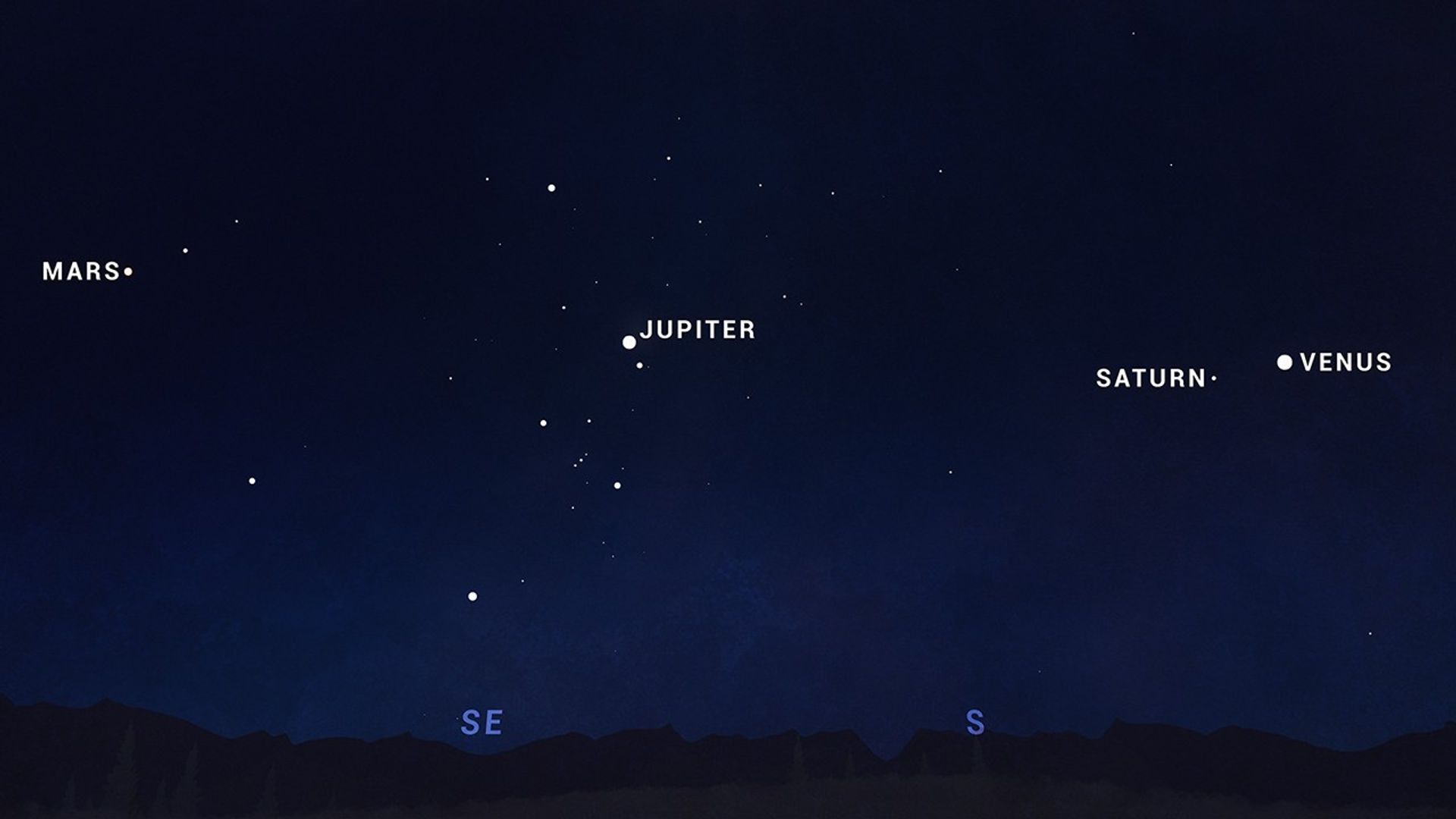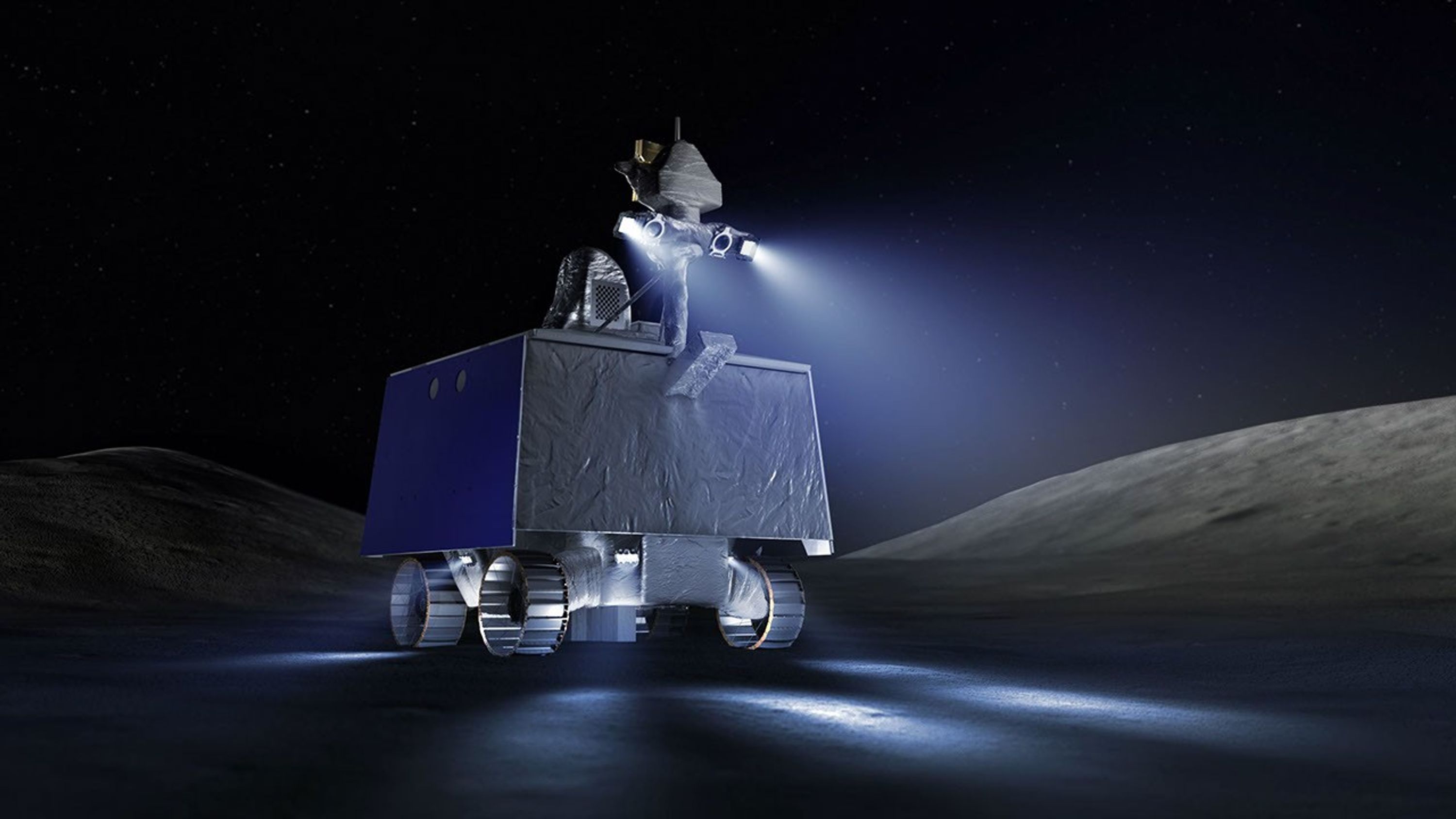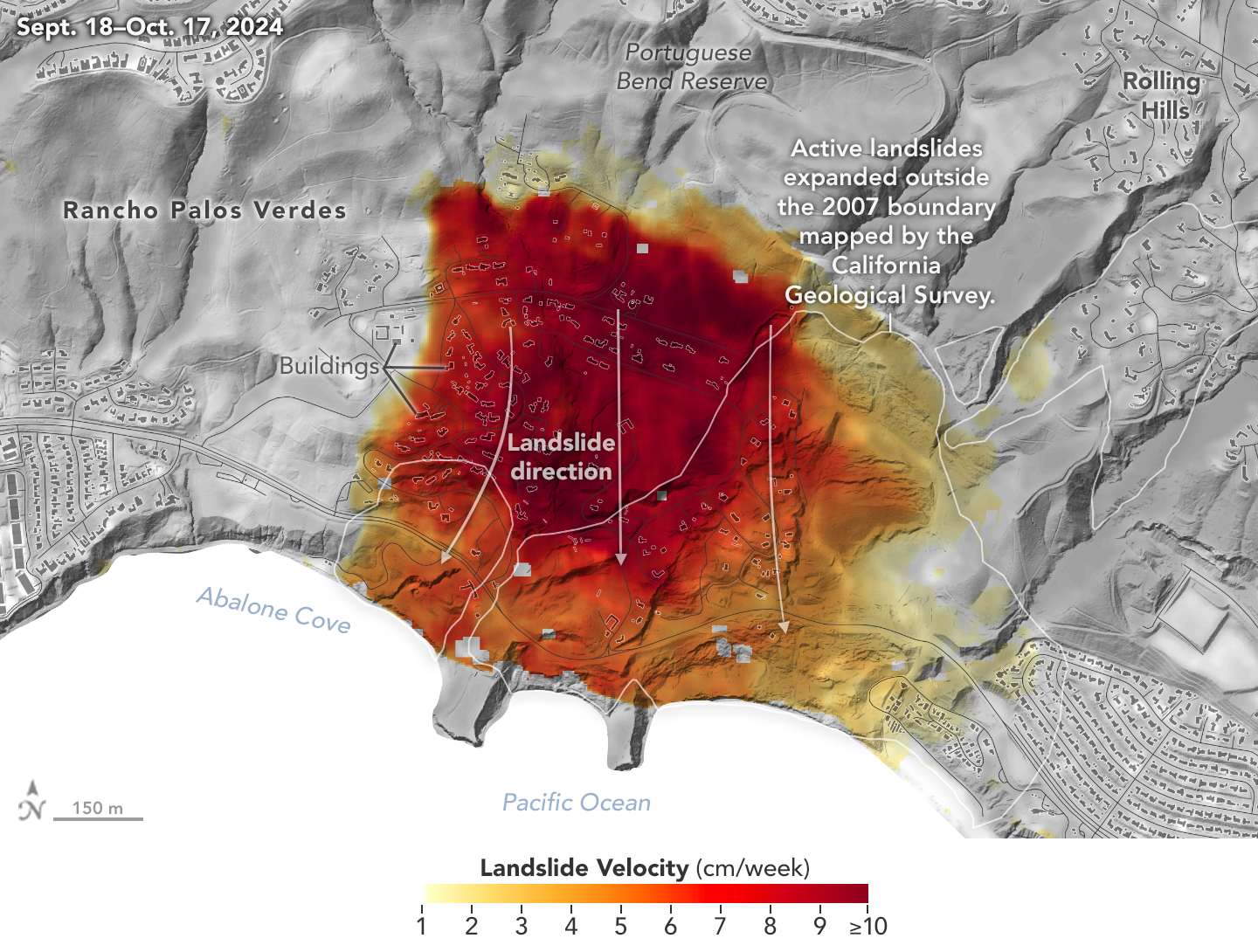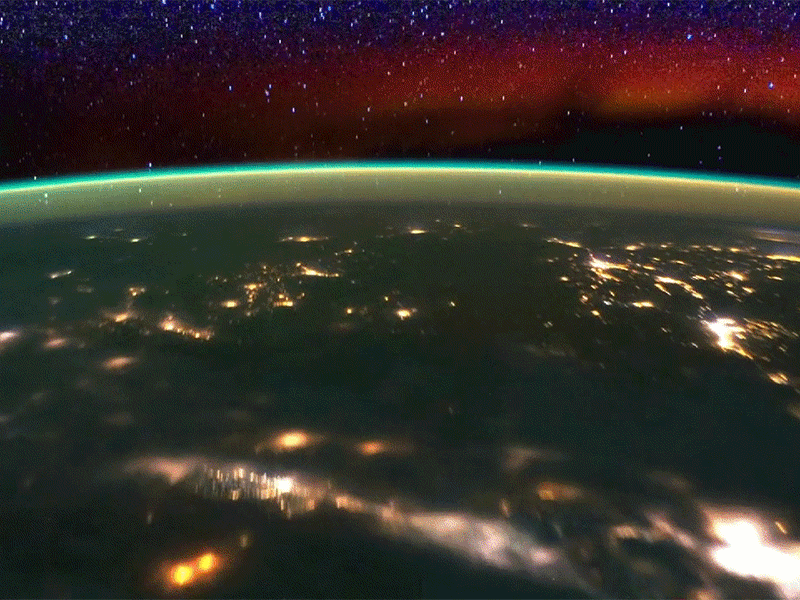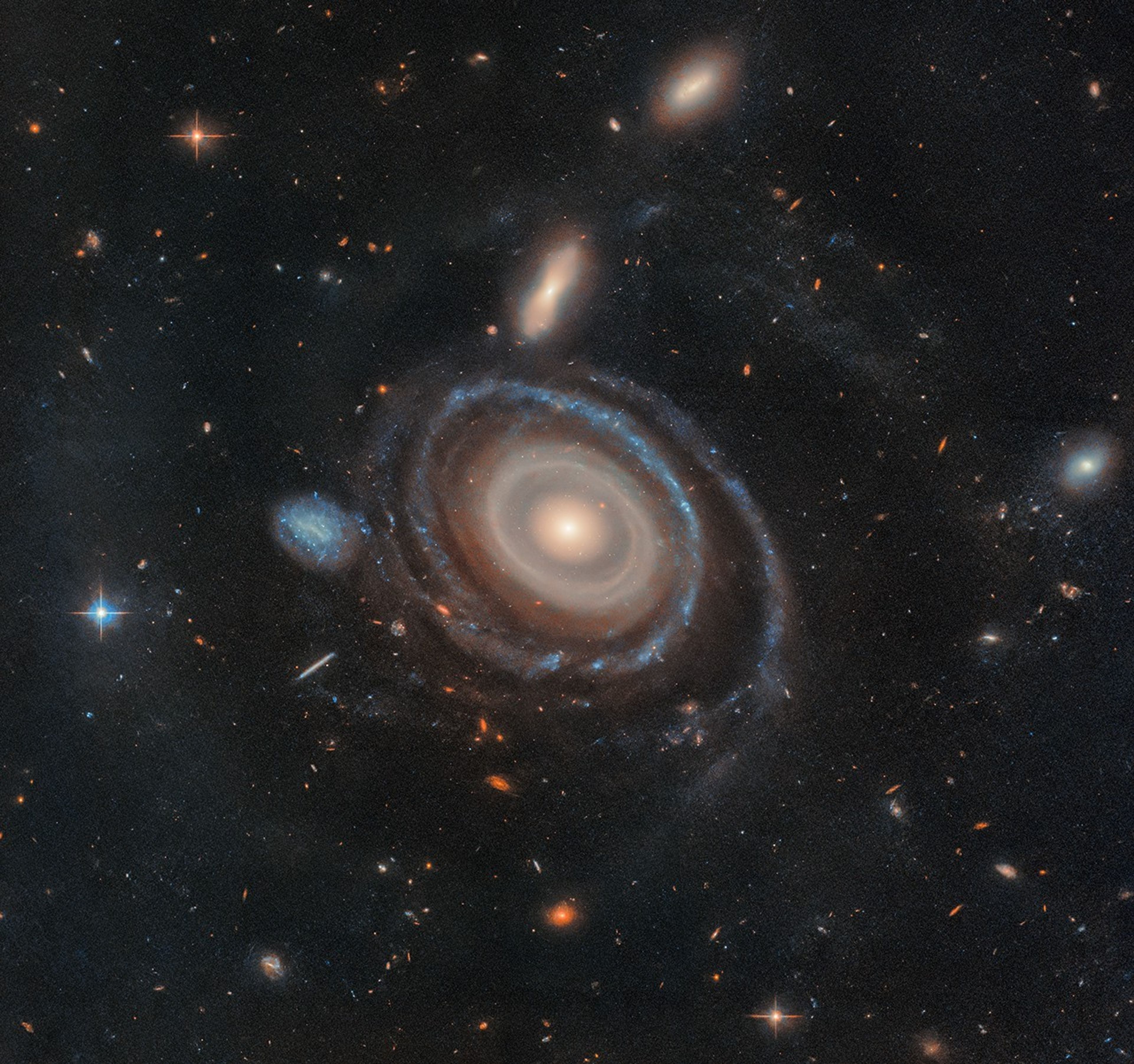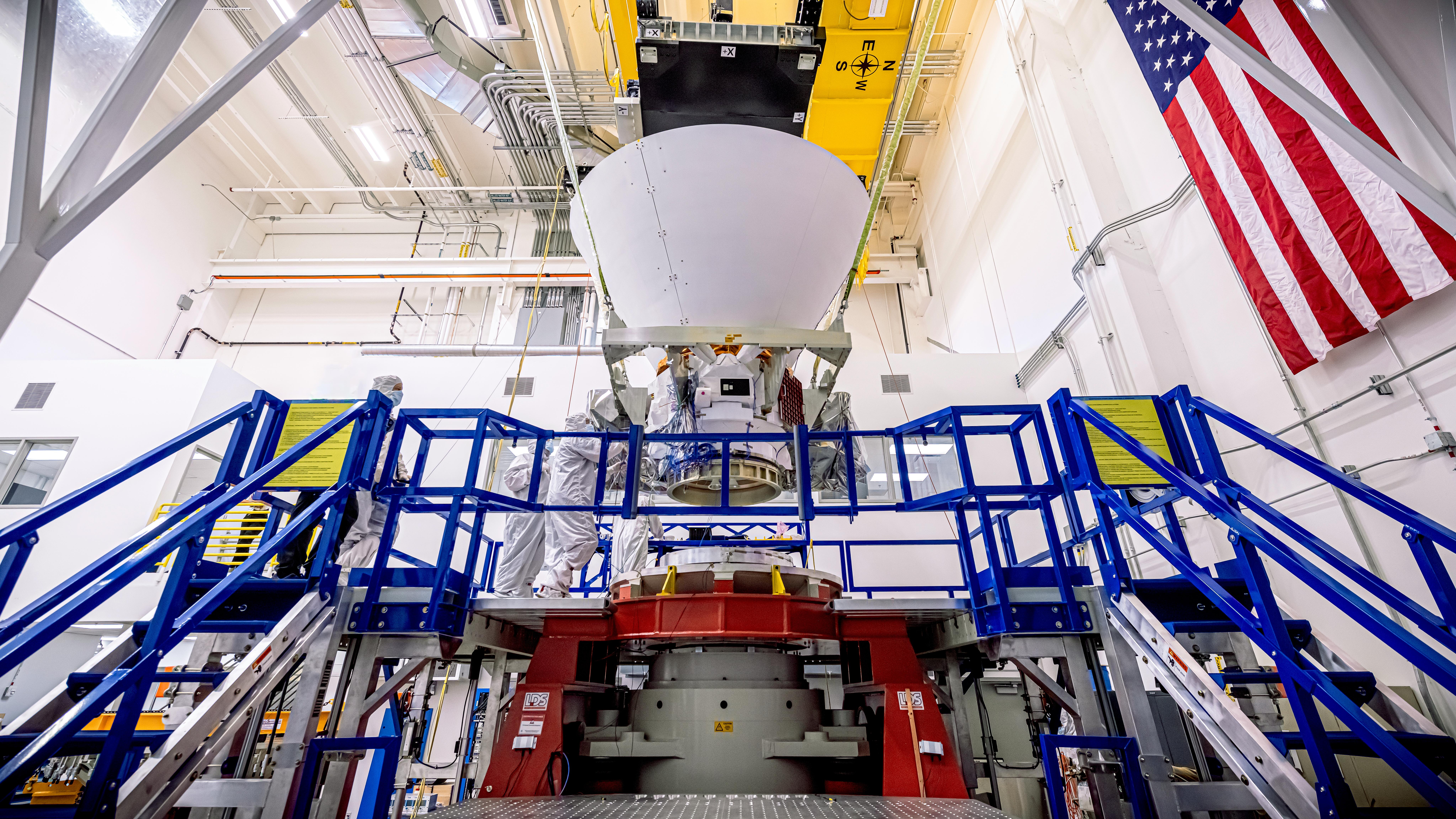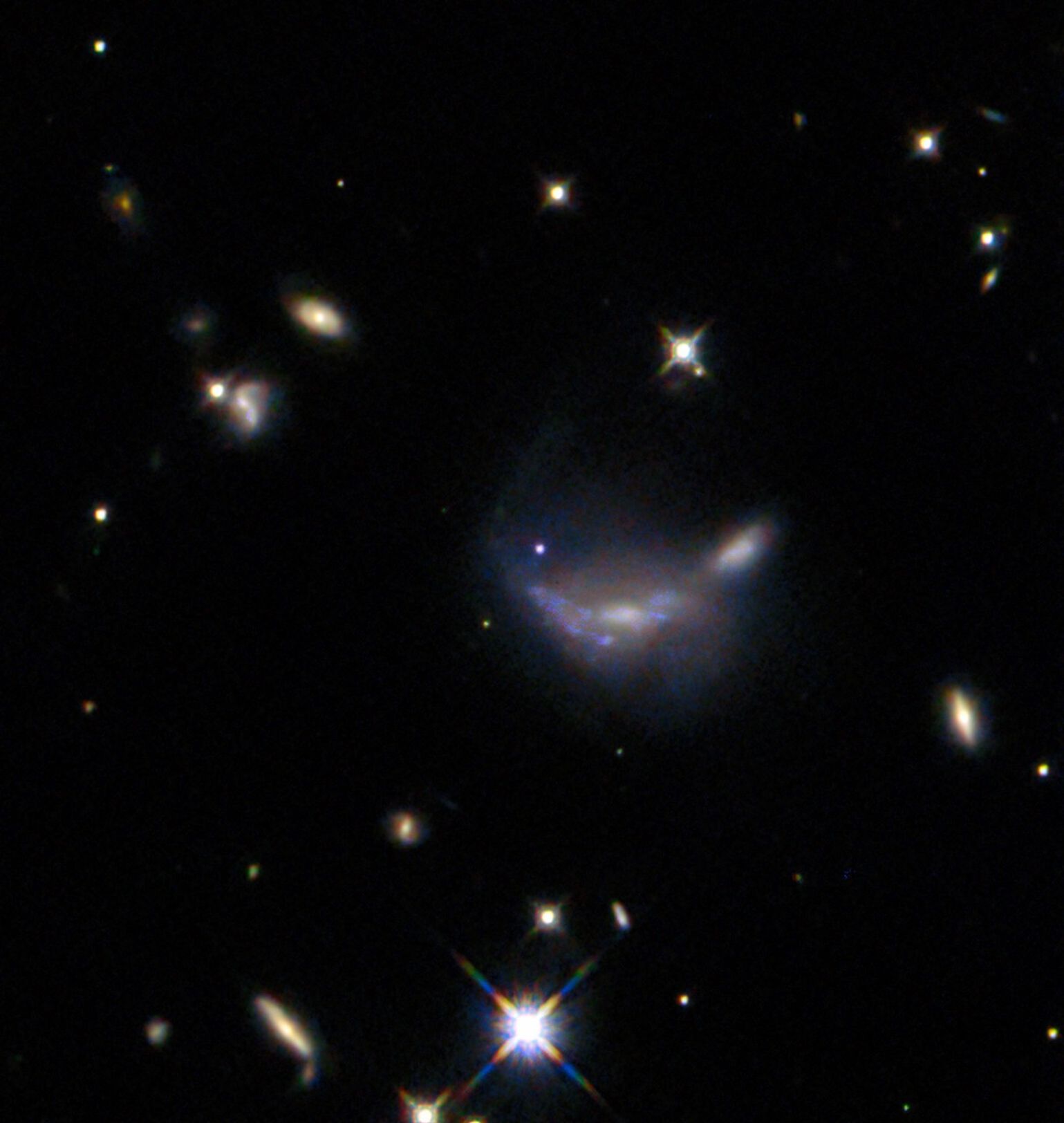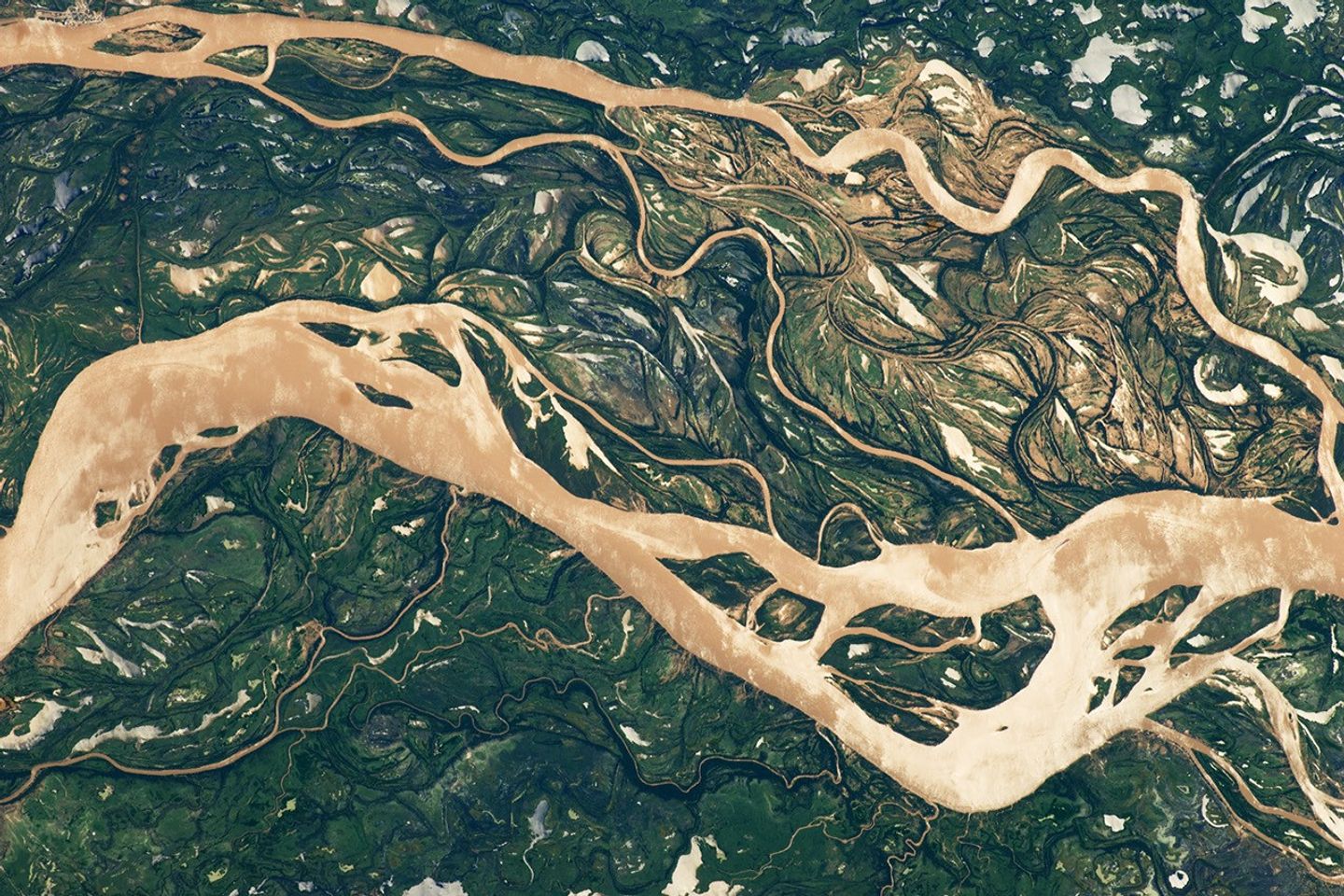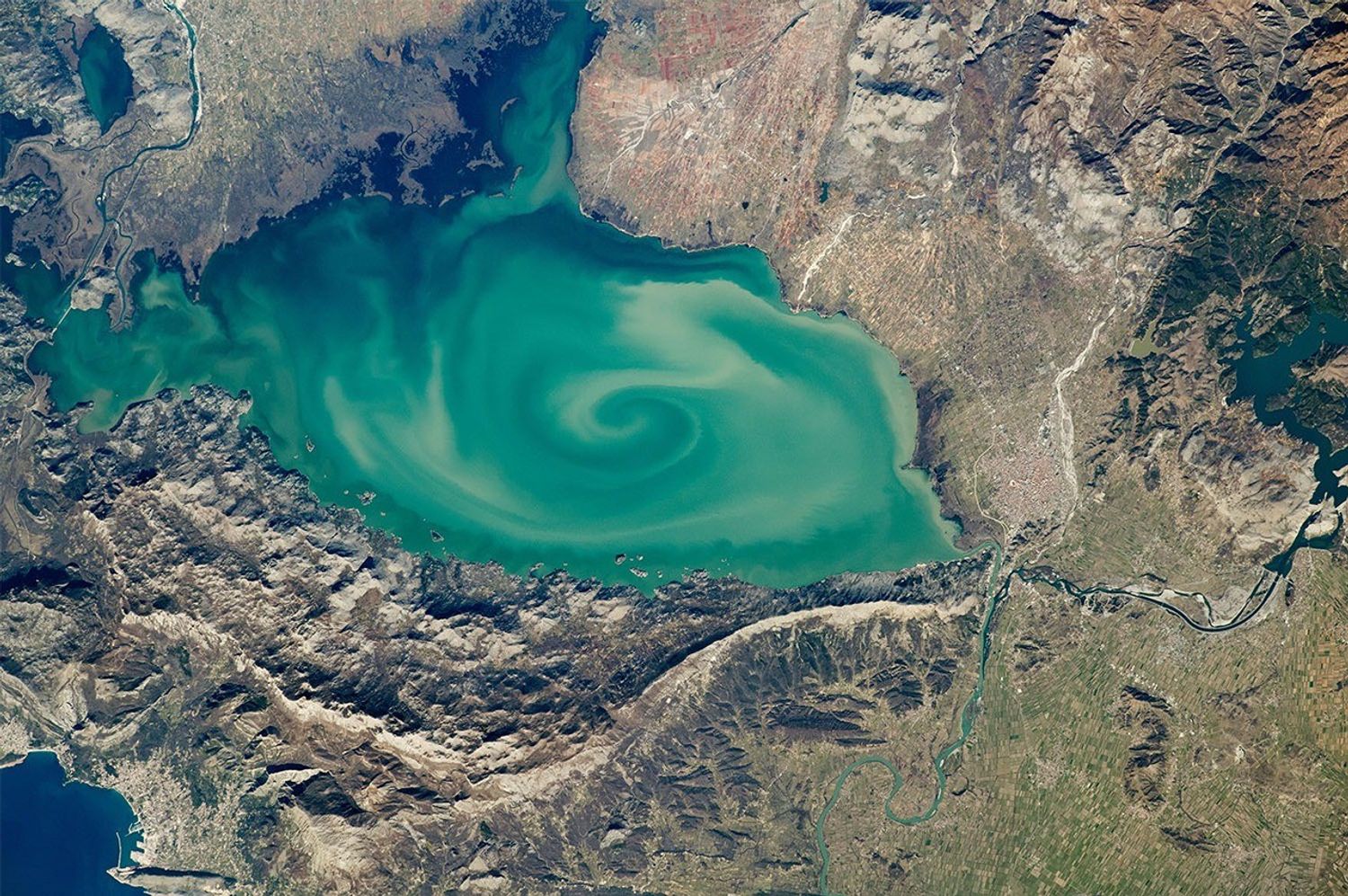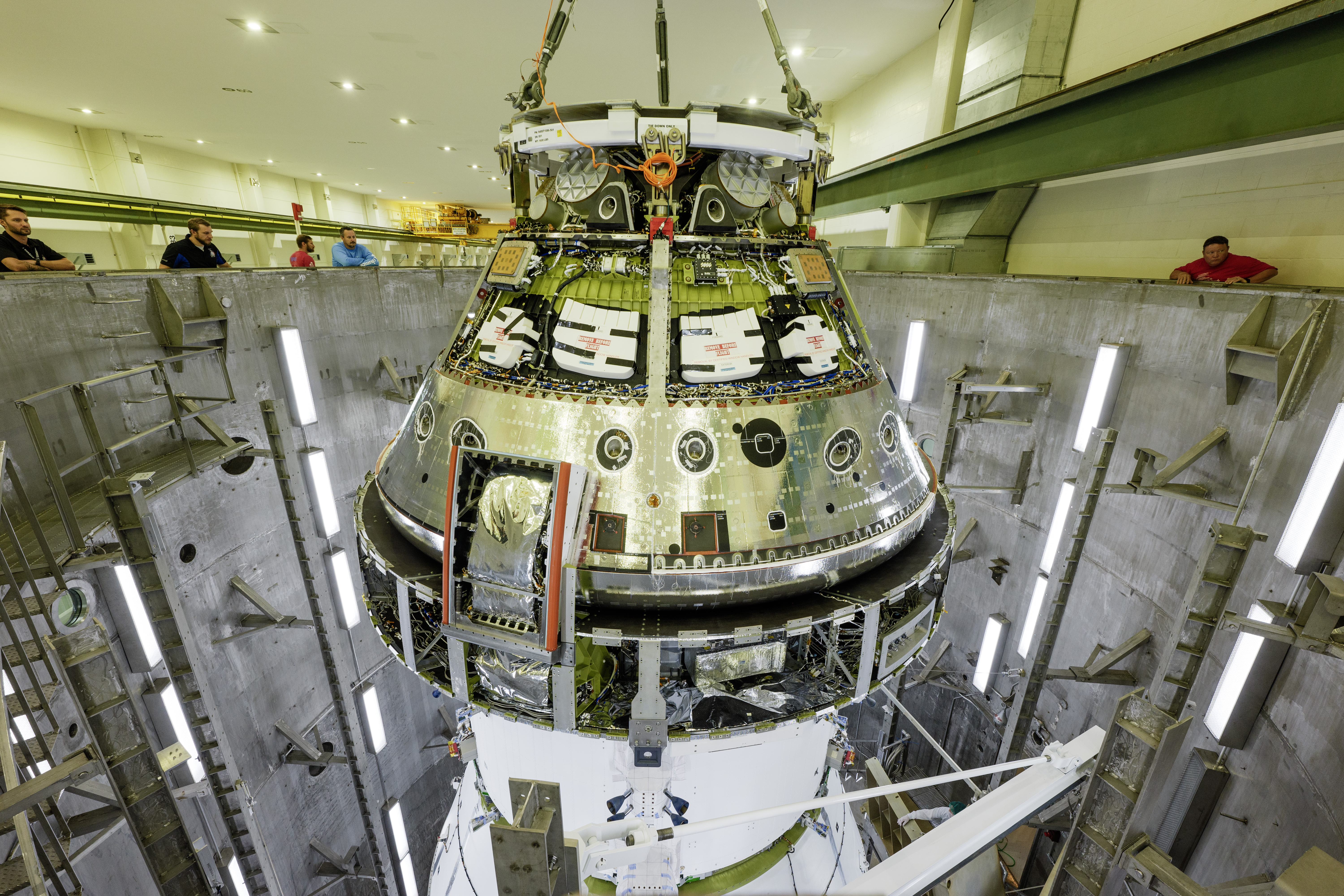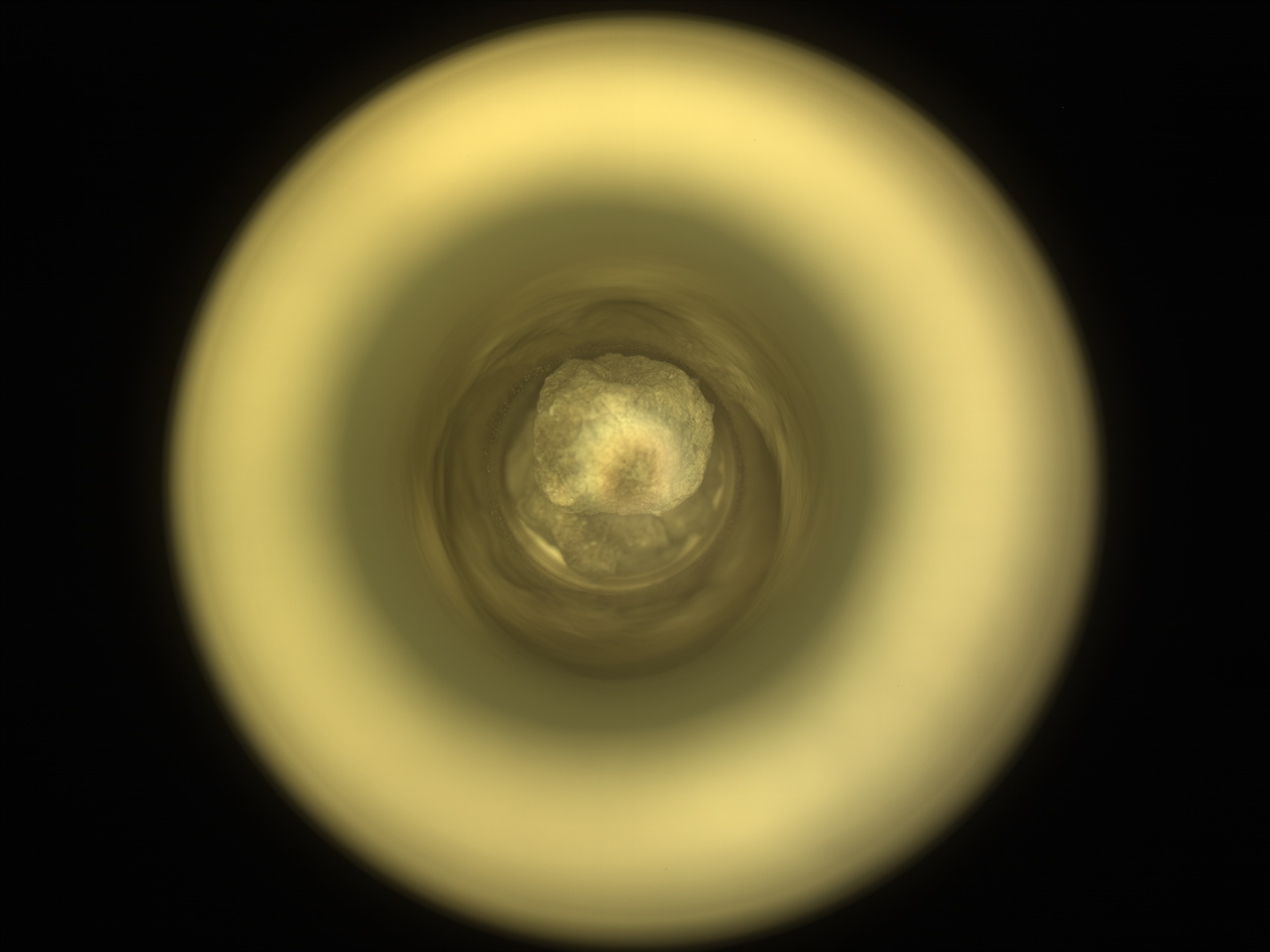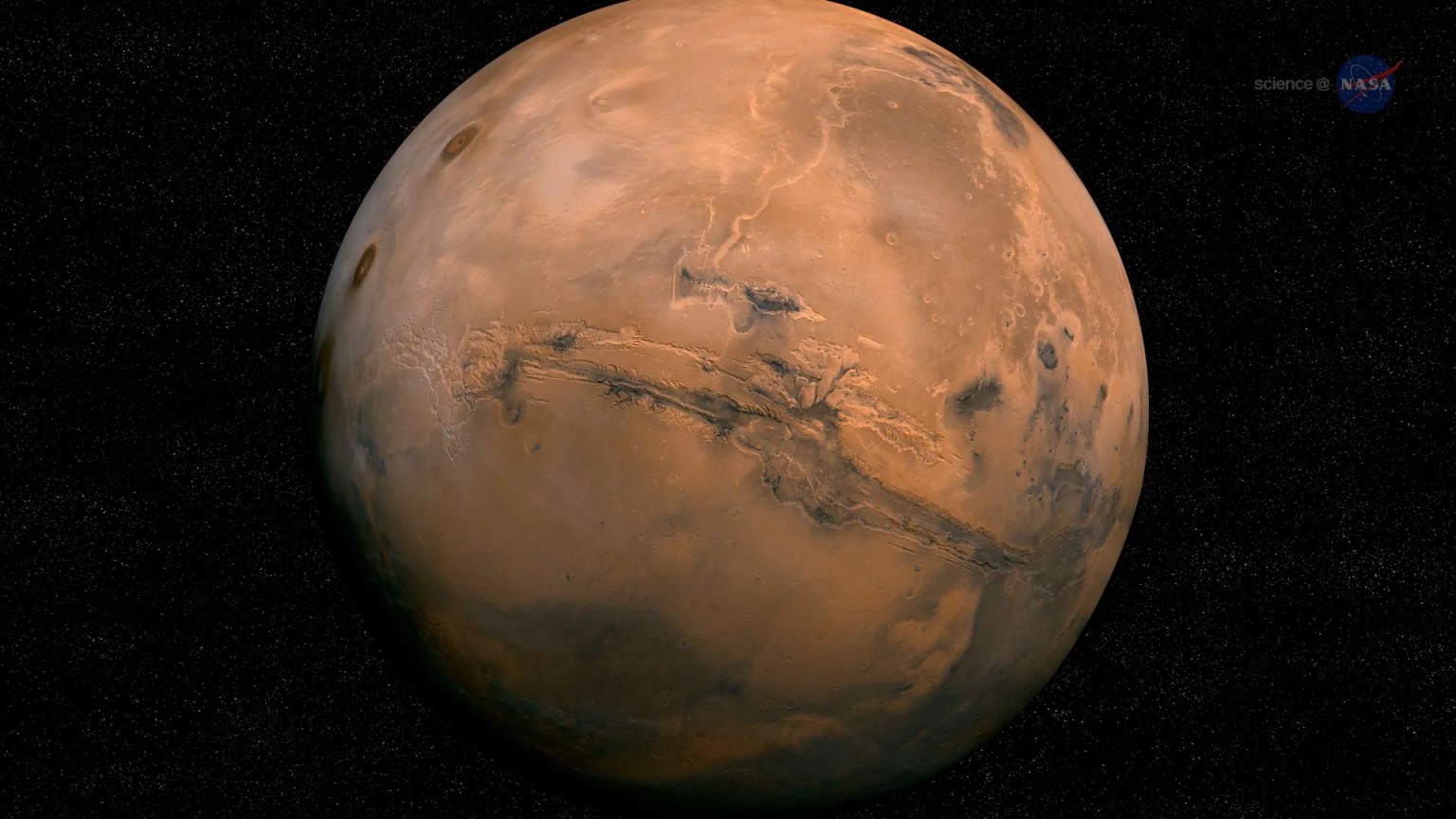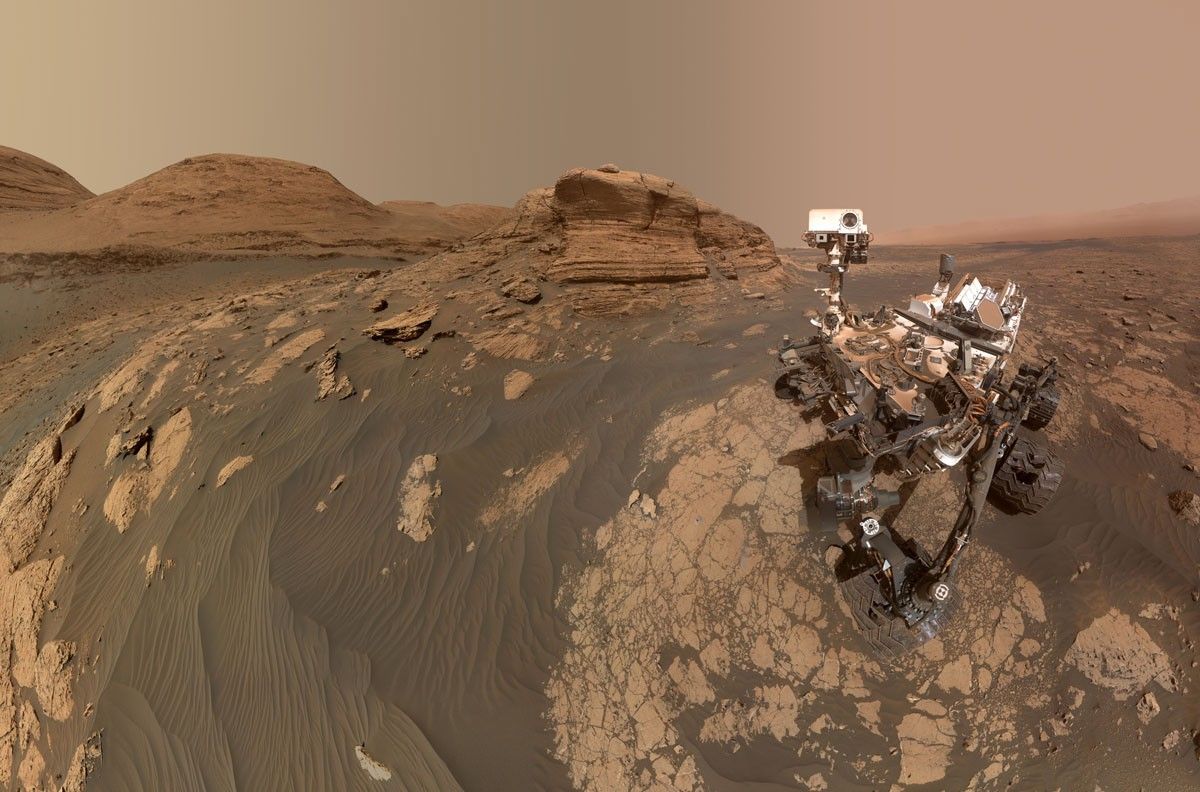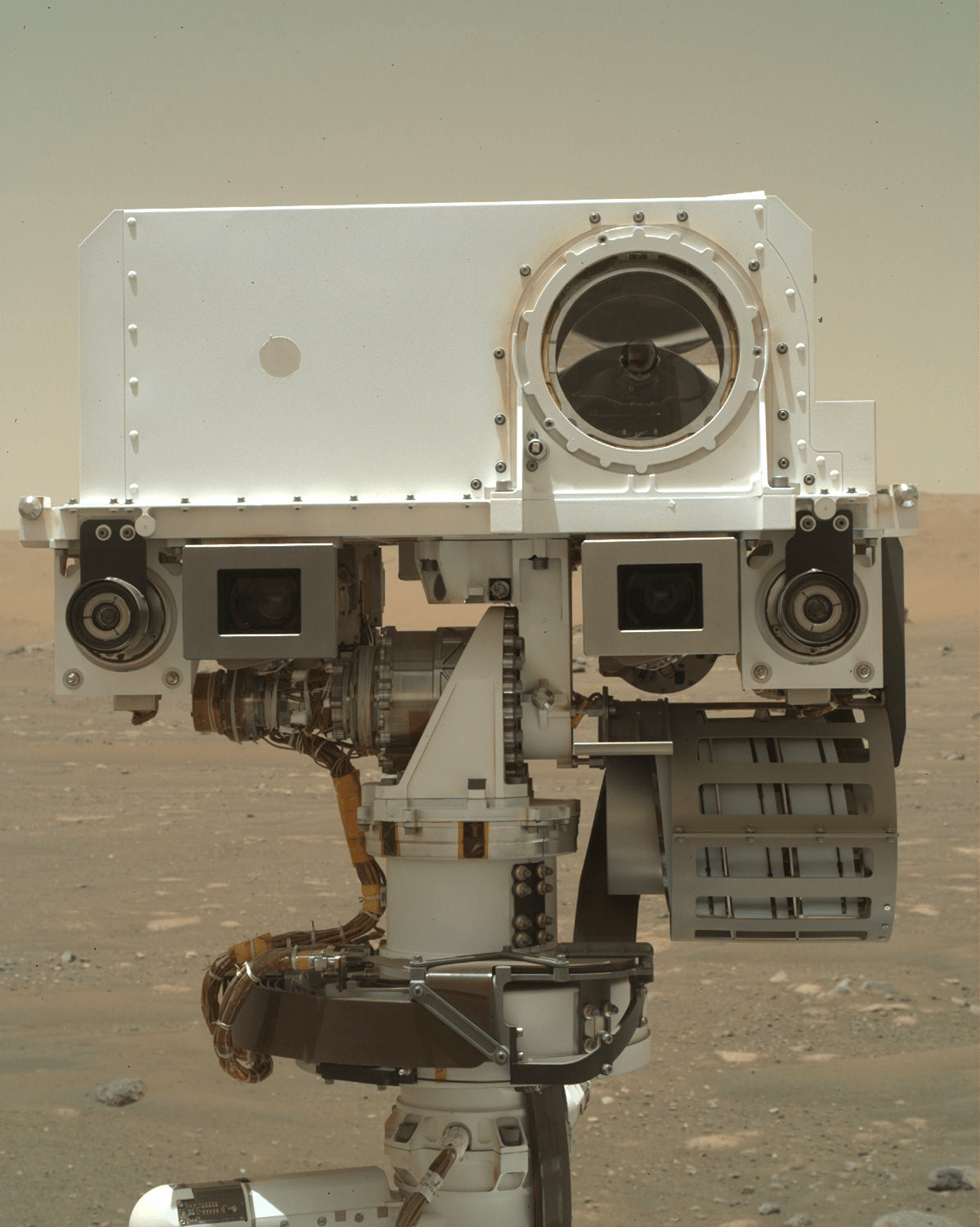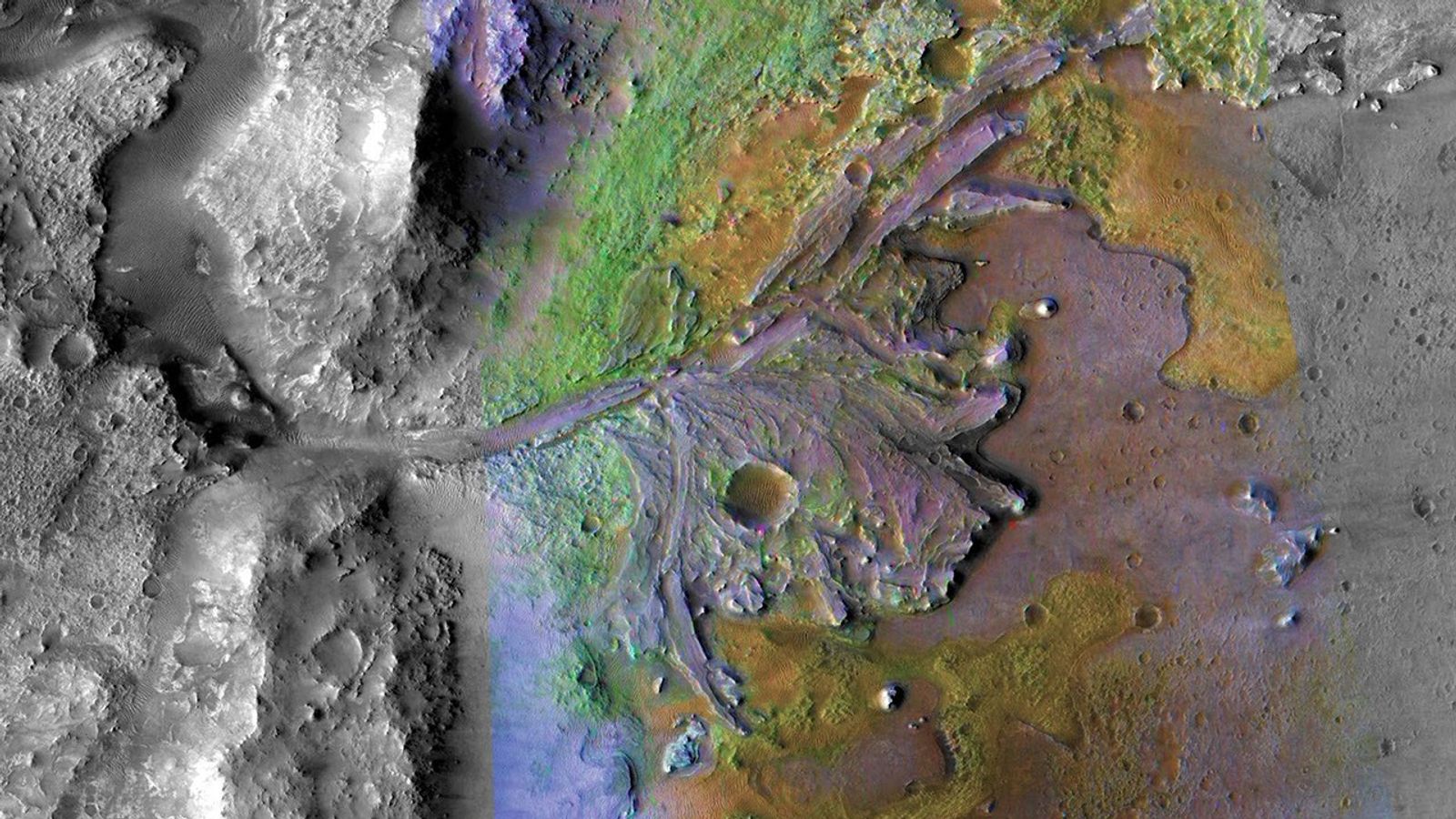Our latest drive put us in position in front of the interesting"Moosehead Lake" outcrop with lots of veins and grey patches: plenty to keepCuriosity busy over the weekend! The Sol 1668 plan starts off with a nice longscience block.
Our latest drive put us in position in front of the interesting “Moosehead Lake” outcrop with lots of veins and grey patches: plenty to keep Curiosity busy over the weekend! The Sol 1668 plan starts off with a nice long science block. ChemCam has observations of targets “Sheldrake Island”, “Crabtree Neck”, “Waukeah Neck”, “Morancy Stream” and “Ogden Point”. This is followed by a dust devil survey and several Mastcam mosaics. These include one covering Moosehead Lake, a few frames to extend the coverage of the area near the rover, and a big 22 frame mosaic of the outcrop at our next stop. Mastcam will also take a picture of the ChemCam auto-targeted location from after the drive. After that MAHLI will take pictures of the targets “Morancy Stream” and “Sheldrake Island” and then APXS will analyze those two targets.
On Sol 1669, we’ll retract the arm and drive, followed by post-drive imaging and a MARDI observation in the evening. On Sol 1670, there is a short morning block of atmospheric observations and a longer afternoon block containing a Mastcam image of the rover deck, another dust devil observation, and an auto-targeted ChemCam observation. We will wrap up Sol 1670 with some observations of the dust in the atmosphere to compare with the morning.
Speaking of atmospheric observations, let’s do a recap of the environmental science we’ve done this week. Of course Curiosity acquired the usual REMS and DAN measurements as well as Navcam cloud observation movies throughout the week. The pointing direction of the cloud movies was shifted from north-facing to south-facing to avoid the sun. The movies will remain pointed towards the south until just after the southern hemisphere spring equinox in May 2018. As mentioned above, there was a Navcam dust devil survey on Sol 1670, as well as one earlier in the week on sol 1668. Also captured earlier this week in ENV planning was a ChemCam passive sky observation on sol 1665 that had been previously dropped twice from the plan due to the DSN outage two weeks ago and sun safety issues last week. Planning passive sky observations is difficult: they are among the most time consuming and time constrained atmospheric observations. This is because the observation requires ChemCam to take passive spectra of the sky at two different azimuths and ChemCam must avoid the sun’s path as it slews between those locations. This can be difficult near equinoxes when the sun passes directly overhead!
Dates of planned rover activities described in these reports are subject to change due to a variety of factors related to the Martian environment, communication relays and rover status.
Written by Ryan Anderson and Michael Battalio


